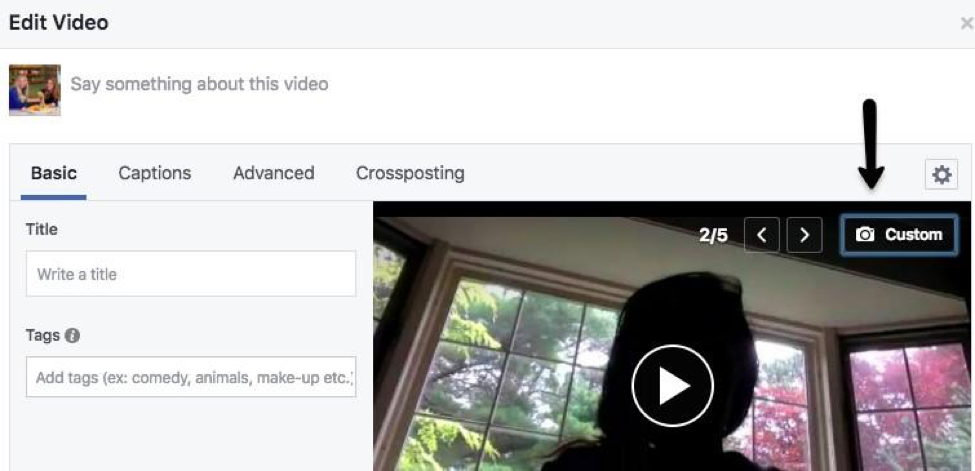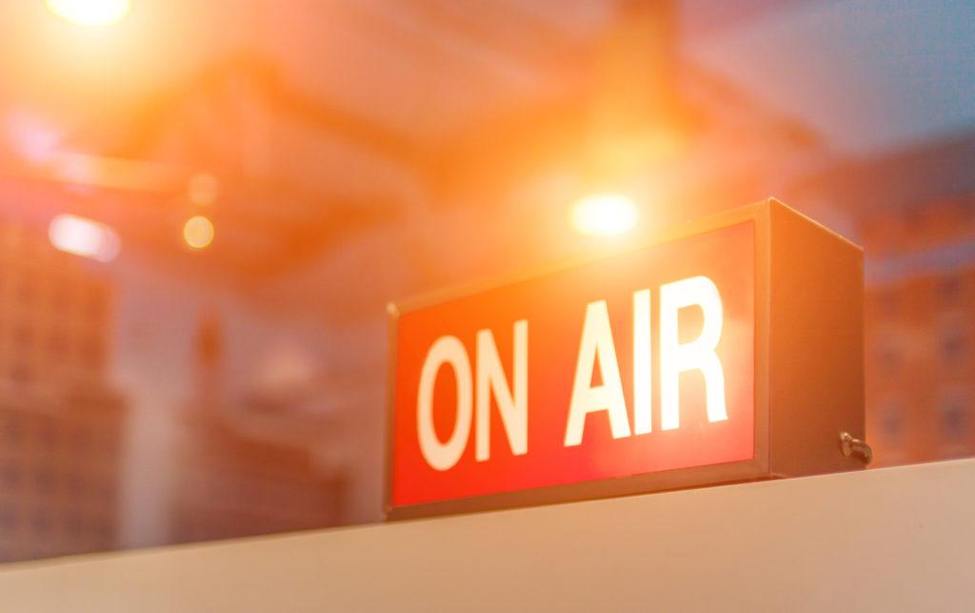Facebook Live was launched as a ‘fun, powerful way to connect with your users and find new ones along the way’ in April 2016. Since then, Facebook has shared that the platform has served over 3.5 billion broadcasts, with over 2 billion people tuning in to at least one video.
As the platform matured, it became a very powerful tool for marketers to reach their audience. Live was launched at a time when pages were already experiencing a significant decrease in organic post reach, and live video became a loophole for publishers. Facebook has been very transparent about prioritizing live video in organic newsfeed results.
Facebook Live videos receive 3x more engagement in post-live newsfeed distribution than pre-recorded video and 5x more engagement than standard photo posts. (These statistics continue to be true despite the death of the Facebook for Business newsfeed back in January 2018).
Given the nature of the medium (there are no outtakes on Facebook Live), producing a live show can certainly be intimidating. As with so much in marketing, the key to avoiding mistakes and mishaps on Facebook Live is preparation. Below are some best practices for before, during and after your campaign to ensure you drive the greatest results for your brand.
Before Taking Your Facebook Live
Aim to create a Facebook live video that is lightly produced. This means you have a plan for the video, but you aren’t afraid to stray from it. Lightly produced also means you can create this video without a big budget. You can achieve a professional looking video with a tripod, a microphone, a simple backdrop, and a little pre-planning.
Planning your Facebook Live Show:

Facebook Live Video Settings
- Write out your script. Talk it through with anyone who will be involved: the videographer, your guests, etc
- Aim for your video to be at least 20 minutes. Don’t be afraid to go longer if your audience is engaged! (Facebook recommends videos of at least 20 minutes, but longer videos offer more opportunity for the live show to appear in newsfeeds).
- Decide on a location and set up your phone to capture your set. Take some test videos to make sure that you capture everything you want to.
- Test your wifi. Ensure you know how to connect and that the signal is strong. Use an app like Speedtest to make sure you have a strong enough signal where you want to film.
- Pick a date and time for your livestream. There is no universal best day and time to host a livestream. The time you choose should be determined by your Facebook insights and what you know is relevant to your audience.
Pre-Show Marketing Promotion:
- Plan your landing page. This will be where your post copy leads your audience to, so it should be optimized to suit your goals. Think about your ultimate goal for your livestream when creating your landing page. Is it to grow your email list? Then you should include an email signup form on your landing page. Create a tagged link to use in the copy of the livestream post.
- Decide which channels you will use to promote your livestream. (It shouldn’t just be Facebook!) Some promotional opportunities include: creating a Facebook event and boost the post to encourage RSVPs, recording a pre-show video to ramp up excitement and sharing to all social platforms, sending an email about the event, or going live on Instagram to promote the event.
During Your Facebook Livestream
When you are ready to go live (about 30 minutes before), review all of your notes and write the copy for your Facebook Live post. Gather your livestream team together and review everyone’s role in the event. You have only a 3-second delay before you are live, so make sure you feel confident about your plan.
Making the most of your livestream:
- Include a call to action and a question in your post. Since Facebook truncates copy, put the most important information at the top.
- Consider adding a giveaway for viewers who answer your question. An example: Tell us how you are spending your summer vacation for a chance to win our summer survival kit!
- Make sure phone has full charge and is held vertically.
- Start casually. When you start your livestream, it can take a few minutes for your audience to populate. Open your conversation with something casual that isn’t your most important information.
- Repeat your Call to Action. During the livestream, routinely remind your audience of your CTA and any special offers.
- Monitor audience interactions. Have someone on your team monitoring and sharing comments and questions from the audience. Engage your audience by greeting them by name, answering their questions or asking them something.
- Say Goodbye. Signal the end of your show by repeating your CTA and using a clear closing: “Thanks for tuning in, we’ll see you next time”.
Post-Facebook Livestream Distribution
The true value of Facebook Live isn’t about who joins in to watch live, but about how the video is distributed afterwards. Your distribution strategy is key to increasing the reach of the video and shouldn’t be overlooked.

How to edit Facebook live video
- Post the video to your page and pin it to the top.
- Add a custom thumbnail. Once the video appears on your page, click ‘edit video’. Here you can add a custom thumbnail and captions.
- Create a Facebook Ad from the video. Allow the video to run for 12-24 hours before creating an ad to promote the video. Use audience targeting in the Facebook Ads Manager to show the video to your ideal audience.
- Save and Share. Download a copy of the video and save a link of the video to share on other channels. Add the video to your website, email the video to your list and share on various social platforms.
- Assess at the Metrics. Track your video metrics after a week to inform your strategy for next time. Metrics to watch include video views, minutes viewed, engagement and reach.
Make the Facebook Live Valuable for your Audience
Facebook Live offers a unique way to interact directly with your brand’s fans and customers. There are a number of different themes you can use to get started with Facebook Live. It can be used to release new products, share exciting company news, offer fans a behind the scenes look at your business, show a product demo or to run a Q&A with your audience.
While the best practices listed above will help to ensure that you don’t have a Facebook Live blooper, the most important part is choosing to share something that adds value, provides entertainment, and keeps your audience tuned in. As with the rest of social media, the amount of live video available to audiences is growing tremendously each day, so you need to give them a reason to watch yours.
Are there any tips you would add to the above list? Let us know in the comments!
If you want to know more about Facebook for Business read our next article here. Also, make sure you join our weekly newsletter to have our latest articles delivered straight your inbox. Make sure you mark your calendars and register before our seats sell out for the next #SMSummit event, October 10-12, 2018 in New York City!









